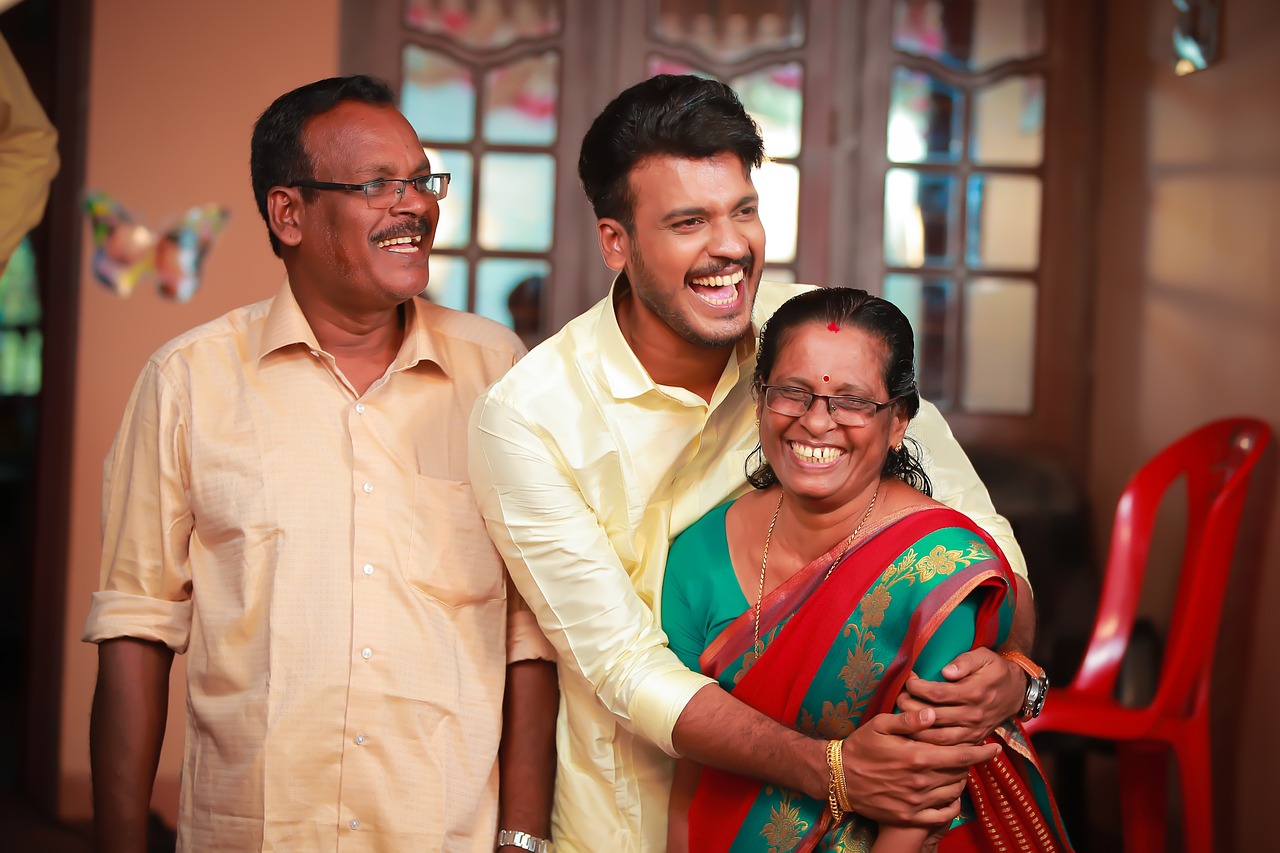Election Campaigning and the Evolution of Campaign Strategies
Political campaigning has undergone a significant transformation over the years, adapting to the changing social, technological, and cultural landscape. Gone are the days of merely relying on traditional methods such as door-to-door canvassing and town hall meetings. Today, candidates utilize a wide range of tools and strategies to engage with voters, establish their brand, and communicate their message effectively.
The evolution of political campaigning can be attributed to the rise of technology and the increasing influence of social media platforms. With the advent of the internet and social networking sites, candidates have access to a vast audience and can reach voters in real-time, regardless of geographic location. This has revolutionized the way campaigns are run, allowing for greater transparency, interactivity, and targeted messaging.
The Role of Social Media in Modern Campaign Strategy
Social media has become an indispensable tool in modern political campaign strategy, offering candidates the ability to reach and engage with a vast audience like never before. Platforms such as Facebook, Twitter, Instagram, and TikTok allow for real-time communication and connection with voters, enabling candidates to share their message, mobilize supporters, and respond to criticism instantaneously.
The interactive nature of social media also provides a unique opportunity for candidates to humanize themselves, showing a more personal and relatable side to voters. By sharing behind-the-scenes glimpses, personal stories, and engaging in direct conversations with followers, candidates can build trust and authenticity, fostering a stronger connection that transcends traditional campaign tactics. This ability to create a genuine connection with voters through social media plays a crucial role in shaping public perception and ultimately influencing election outcomes.
Traditional vs Digital Campaigning Techniques
When it comes to reaching voters and making an impact, political campaigners have long relied on traditional techniques such as lawn signs, direct mail, and door-to-door canvassing. These methods have been tried and tested over time, allowing candidates to establish a personal connection with voters and convey their message directly. However, in today’s digital age, the landscape of campaigning has shifted dramatically.
Digital campaigning techniques have revolutionized the way politicians interact with constituents. Through social media platforms like Twitter, Facebook, and Instagram, candidates can engage with a broader audience in real-time, share their policies and visions, and mobilize supporters more efficiently. The immediacy and reach of these digital tools have transformed the way campaigns are run, providing a platform for swift responses to current events and a means to gather data for targeted outreach strategies.
What are traditional campaigning techniques?
Traditional campaigning techniques include methods such as door-to-door canvassing, flyers, yard signs, and TV/radio advertisements.
What are digital campaigning techniques?
Digital campaigning techniques involve using online platforms such as social media, email marketing, and targeted online advertisements to reach voters.
How has political campaigning evolved over time?
Political campaigning has evolved from primarily relying on traditional methods to incorporating digital strategies due to the increasing use of technology and social media.
What role does social media play in modern campaign strategy?
Social media plays a crucial role in modern campaign strategy by allowing candidates to reach a larger audience, engage with voters in real-time, and target specific demographics.
What are the advantages of using digital campaigning techniques over traditional methods?
Digital campaigning techniques are often more cost-effective, allow for more targeted messaging, and provide real-time analytics to track the effectiveness of campaign efforts.
Can a successful campaign strategy incorporate both traditional and digital techniques?
Yes, a successful campaign strategy often combines both traditional and digital techniques to reach a diverse audience and maximize voter engagement.







